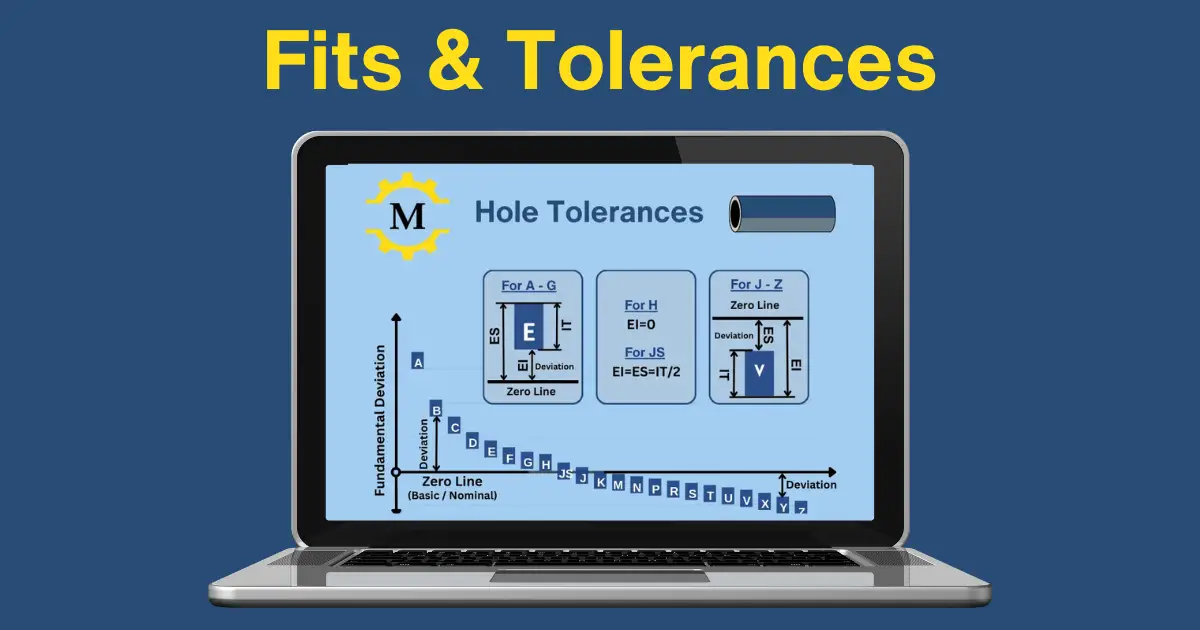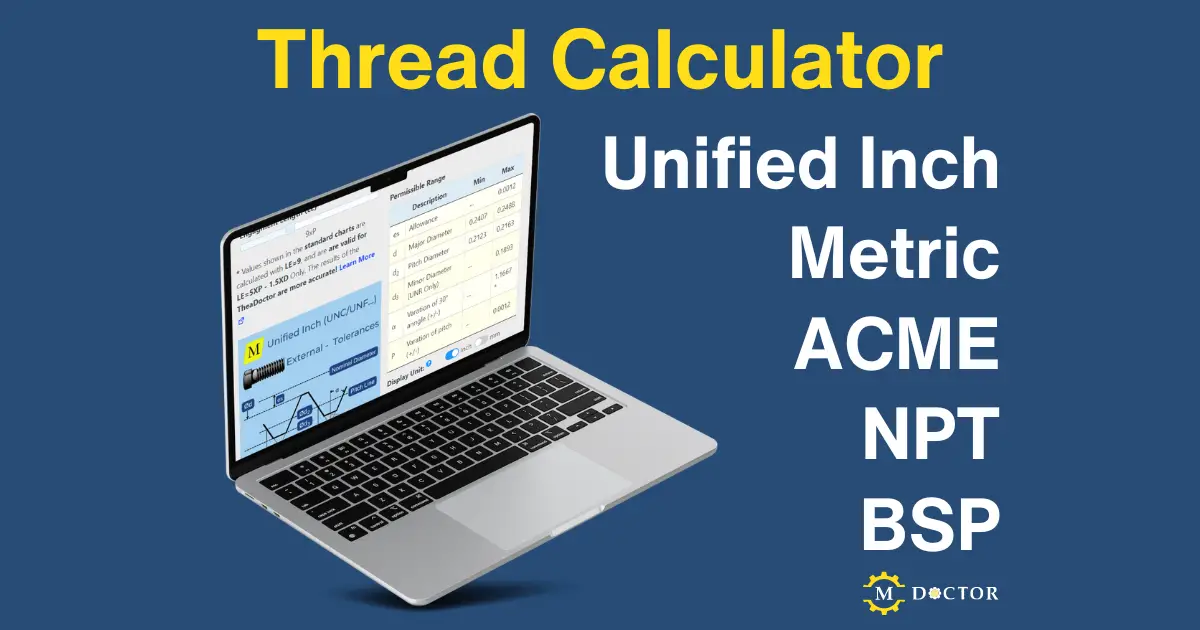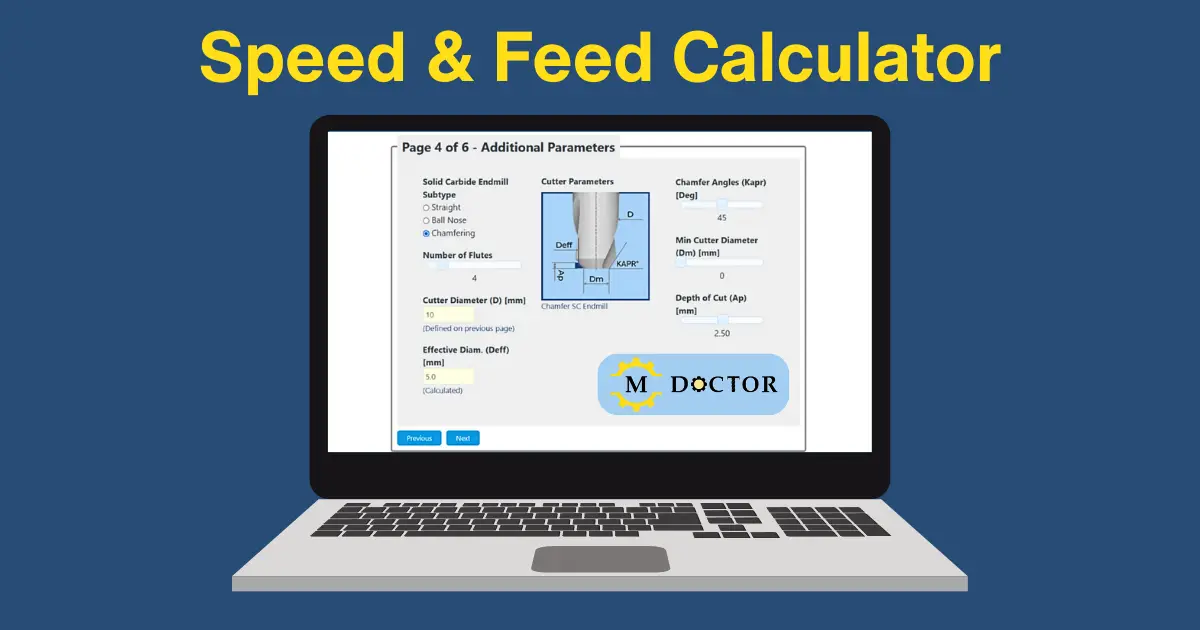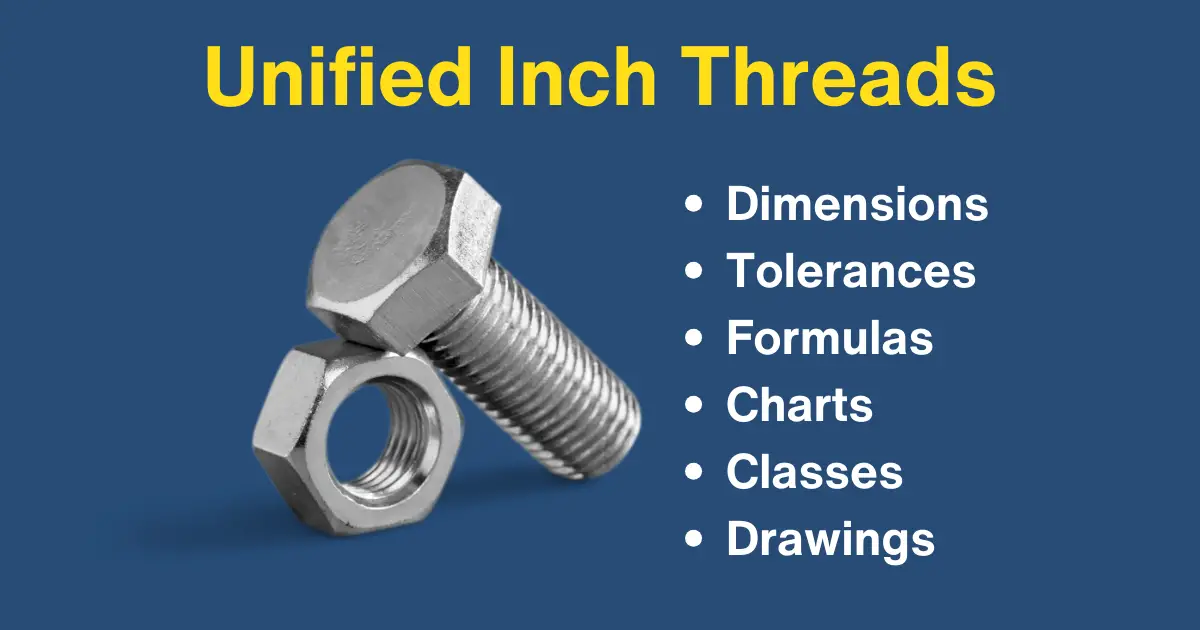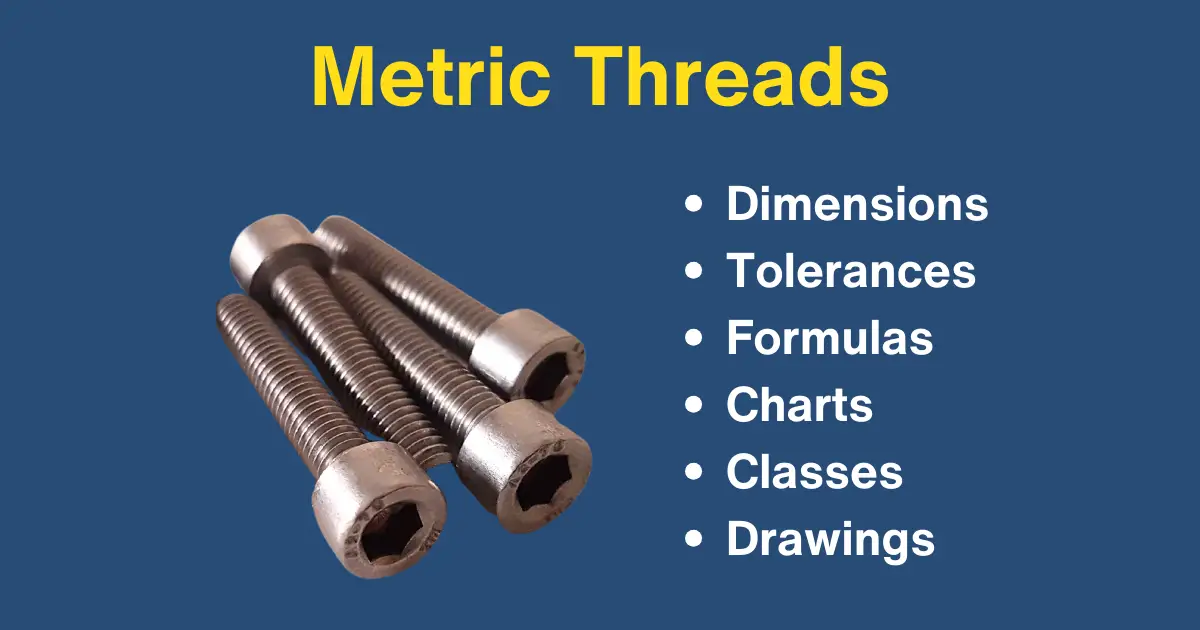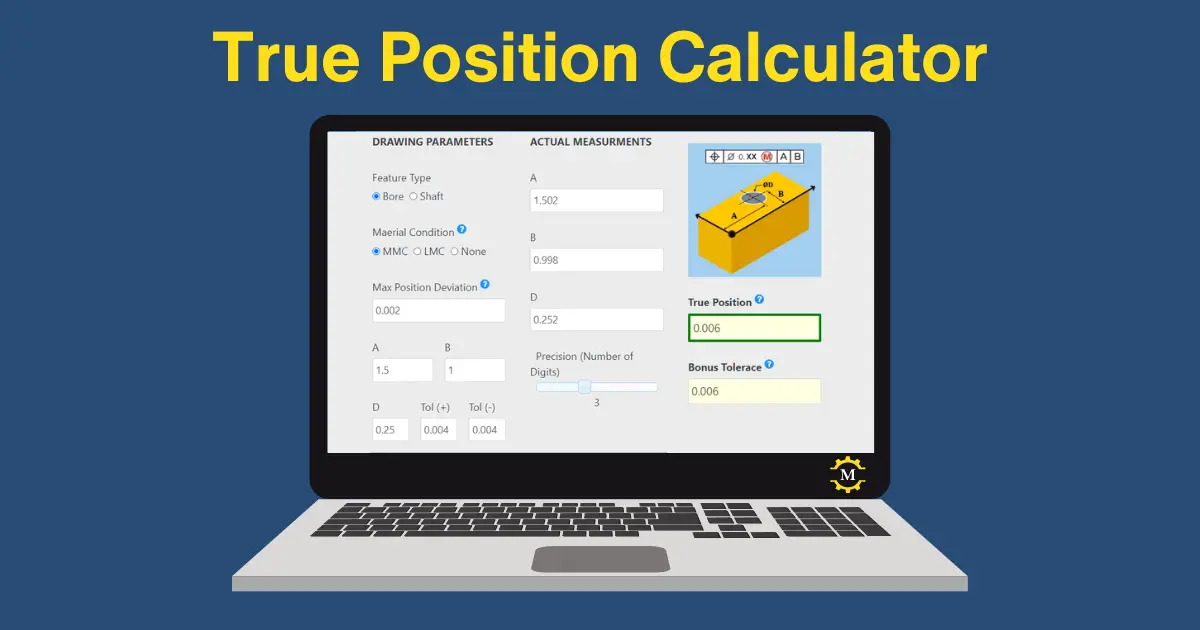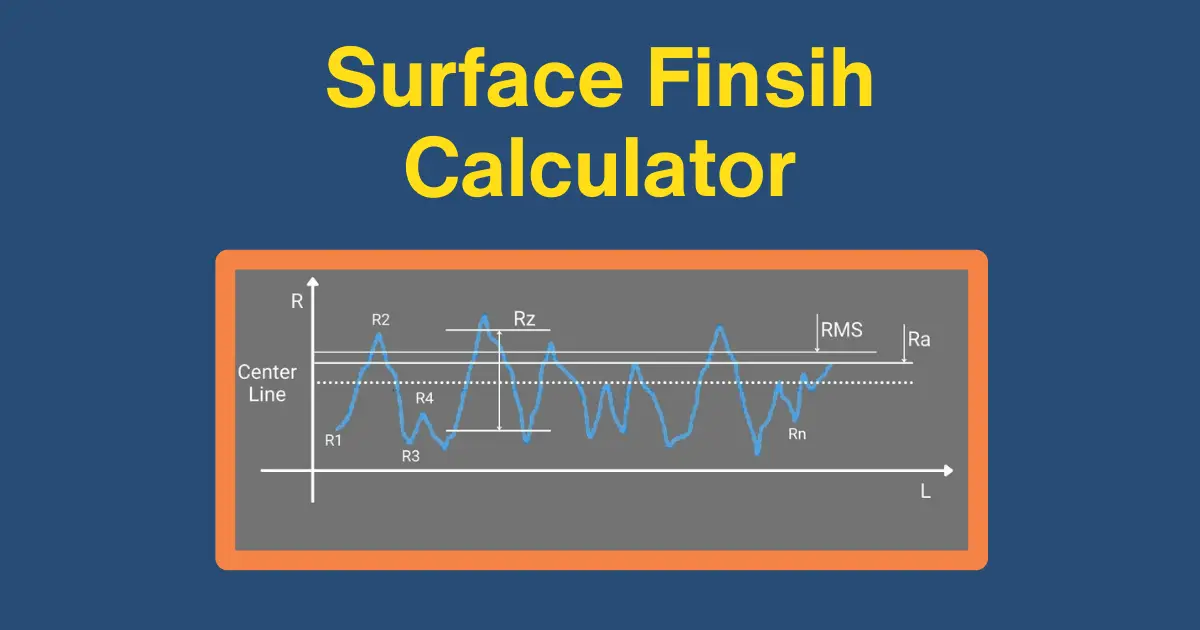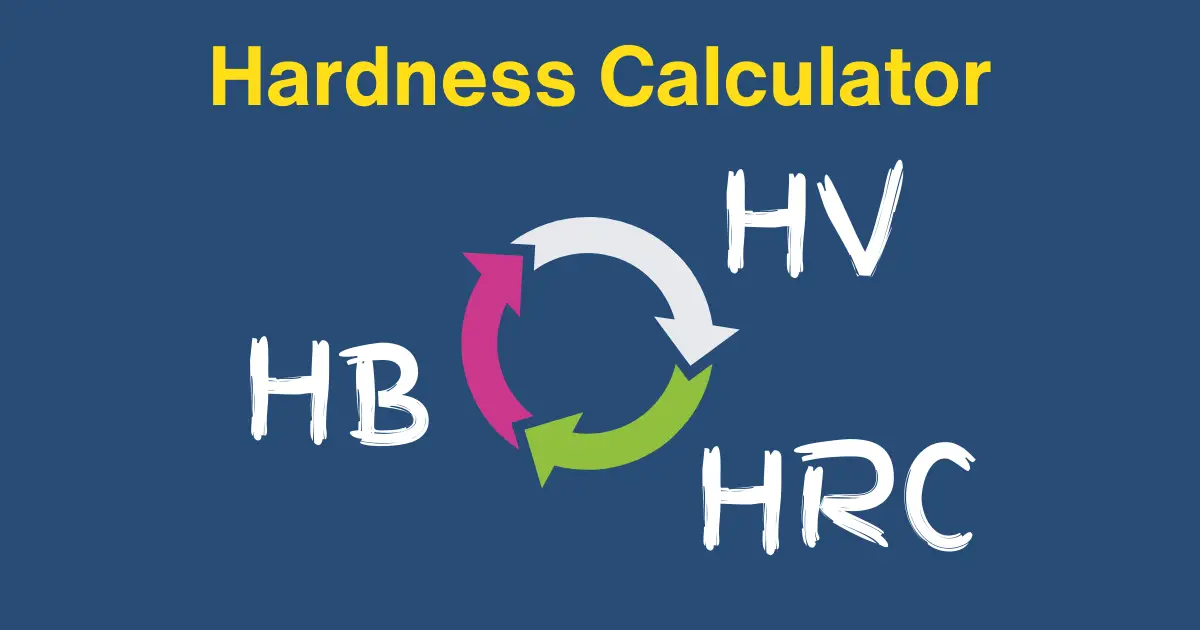There are many different thread forms used worldwide, each with its own features and sizes. Generally, these threads can be grouped into four categories based on their main functions. These groups are:
Thread Forms
Fastening Threads

The most commonly used thread form for screws is the ISO thread, which comes in two styles – ISO METRIC, measured in millimeters, and ASTM-UN, measured in inches. These threads have a 60° angle, and the dimensions differ, preventing a metric screw from fitting into a UN nut and vice versa. Different tolerances for internal nuts and external thread screws are essential for proper clearance.
UNJ & MJ threads, used in the aerospace industry, are based on ISO-metric/UN threads but have a controlled root radius on external threads to avoid fracture risks on thin wall section components.
Containing Threads

Threads used for container lids and gas tank caps are often tapered to ensure a sealed joint. The use of a tapered thread is common in high-pressure applications, and small crest and root radii are crucial for sealing without a compound.
Connecting Threads

Threads for pipe fittings and couplings, like Whitworth threads, better known as British Standard Pipe (BSP) and British Standard Pipe Taper (BSPT), have a 55° thread angle, and unlike ISO threads, the external and internal thread forms are identical for a given thread per inch (TPI).
- National Pipe Threads (NPT) is a 60° V thread used for pipe fittings, with a taper of 1° 47’ relative to the workpiece centreline, providing an effective low-pressure seal.
- NPTF threads, which are similar to NPT but with a sharp crest and root, form an interference fit when screwed together, but they can only be used once.
- API threads follow the American Petroleum Institute standard and are common in the oilfield industry.
Actuating Threads

Trapezoidal and Acme thread forms are commonly used for motion transmission. Some actuating threads can be symmetric or asymmetric, depending on stress distribution.
- The TR thread form (DIN 103) is a symmetric trapezoidal thread form with a 30° included angle.
- ACME thread form is another commonly used thread form that has a 29° included angle.
- STUB ACME threads, shallower than ACME threads, are used when a deeper thread would weaken the workpiece.
- VAM-Buttress threads distribute pressure against one flank and are used in oilfield applications.
- API-Buttress threads are similar to VAM-Buttress threads but differ in taper.
- Round (DIN 405) threads, also known as Knuckle threads, are unique with their flat 30° flank and unusual highly rounded thread form. This thread is mainly used in high-load operations where dirt and debris can become an issue.
Threads are diverse and serve specific functions. From fastening to containing, connecting, and actuating, each type plays a crucial role in different applications. The precision in their design, like NPT threads in the oilfield industry or the UNJ & MJ threads for the aerospace industry, highlights their importance in our daily lives and our industry.

Author Bio:
With three decades of manufacturing experience, David Morr has been the ‘Global Engineering Education Expert’ at Seco Tools since 2021. Hailing from Sydney, Australia, he’s known for insightful content like “6 Essential Tool Maintenance Tips for Machinists” and “Beginner’s Guide to CNC Milling Operations and Strategies.”
Read more about David.
